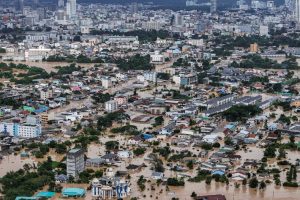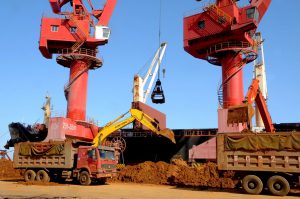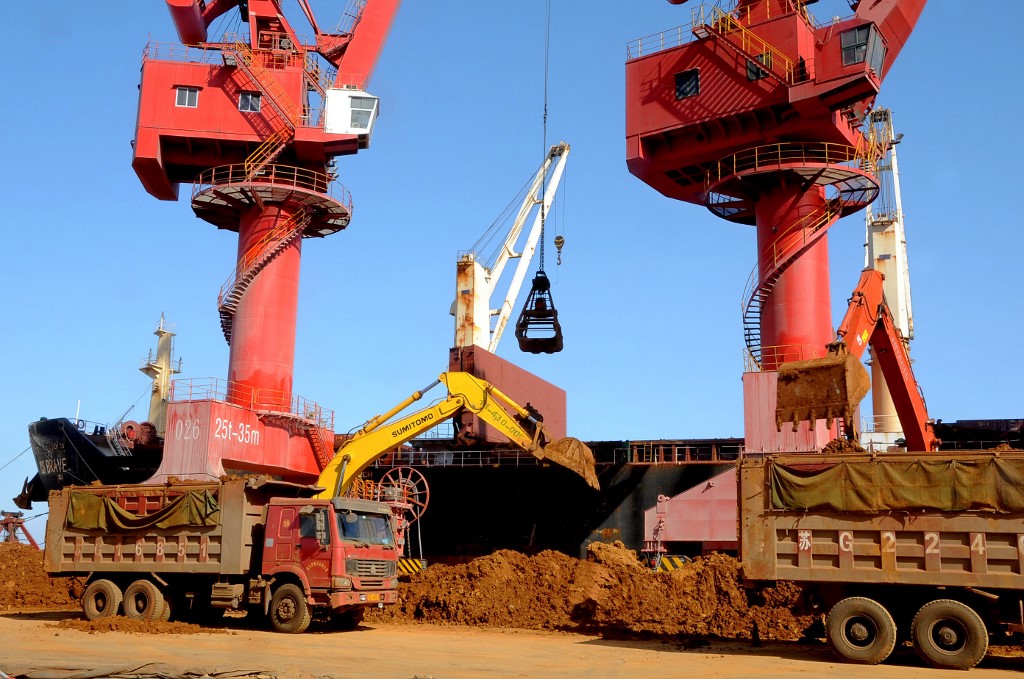(ATF) Guangdong, China’s southern economic powerhouse, has long showed uneven growth among its major cities and local authorities are attempting to balance the province’s development by showering incentives on some of the less developed areas.
Provincial authorities have issued three documents to support the development of three special economic zones: Zhuhai, Shantou and Zhanjiang.
Formally, Zhuhai is now a “Socialist Modernisation and Internationalisation Special Economic Zone with Chinese Characteristics in the New Era,” while Shantou is “a Modern and Vigorous Special Economic Zone”. Zhanjiang, meanwhile, is a “Provincial Sub-central City to Build an Important Development Pole in a Modern Coastal Economic Belt.”
While Guangdong is the most economically important province – it is home to two Tier 1 cities, Guangzhou and Shenzhen – there is a clear gap in development between the Pearl River Delta area that adjoins Hong Kong, and the periphery to the east, west and north.
Zhuhai, Shantou, and Zhanjiang are all sub-central cities in Guangdong province. Zhuhai, opposite the gambling haven of Macau, and Shantou are also special economic zones, while Zhanjiang is one of the first 14 coastal open cities declared in the country.
Zhuhai is the leading city among the three, while Shantou and Zhanjiang are the eastern and western poles of Guangdong, and are located in the same coastal economic belt.
Provincial authorities are determined to boost development of Zhuhai, Shantou and Zhanjiang to spread economic gains throughout the province.
Zhuhai is being positioned is a modern and international special economic zone, due to its proximity to the former Portuguese colony of Macau, and its connection through the Hong Kong-Macau-Zhuhai bridge.
Zhuhai’s local gross domestic product (GDP) reached 348.1 billion yuan in 2020, and according to the local 14th Five-Year Plan, GDP will reach 600 billion yuan in 2025 and exceed 2 trillion in 2035.
INFRASTRUCTURE PUSH
Authorities have unveiled a number of big ticket infrastructure projects, including high-speed rail projects connecting Zhuhai with Zhaoqing (another major city and former gold mining centre) and Guangzhou.
They also announced an in-depth study of the proposed Shenzhen-Zhuhai intercity rail link along the Lingdingyang Corridor, and ordered accelerated construction of the Zhuhai Airport rail link and the Nansha-Zhuhai railway.
Meanwhile, Shantou — with GDP in 2020 of less than 300 billion yuan — lacks a modern business environment and high-tech industries. It has been proposed that the city should merge with adjacent Chaozhou to form a Chaoshan agglomeration.
The plan is to leverage Shantou’s coastal location to promote renewable energy. Authorities intend to construct an entire offshore wind power industry chain yielding tens of millions of kilowatts of energy.
It is also seen as a future hub for biomedicine, advanced materials and new-generation information technology as well as emerging marine products and desalination.
Finally, Zhanjiang – with a GDP of 310 billion yuan in 2020 – is a deep-water port but its development has lagged in recent years.
The government will support Zhanjiang’s reinvention as a regional innovation centre for medicine, business services and cultural products.
























